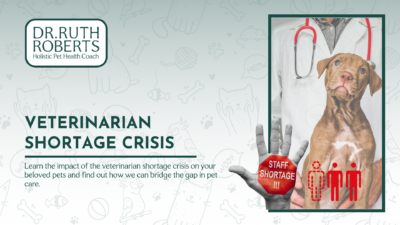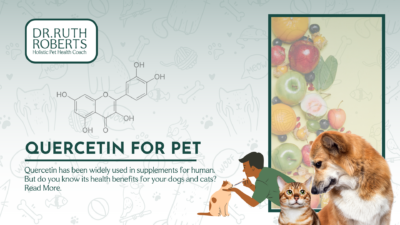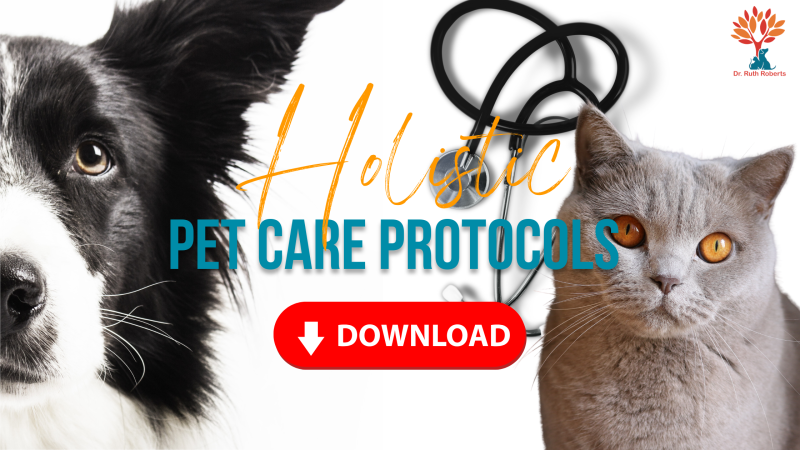5 Summer Hazards for Pets
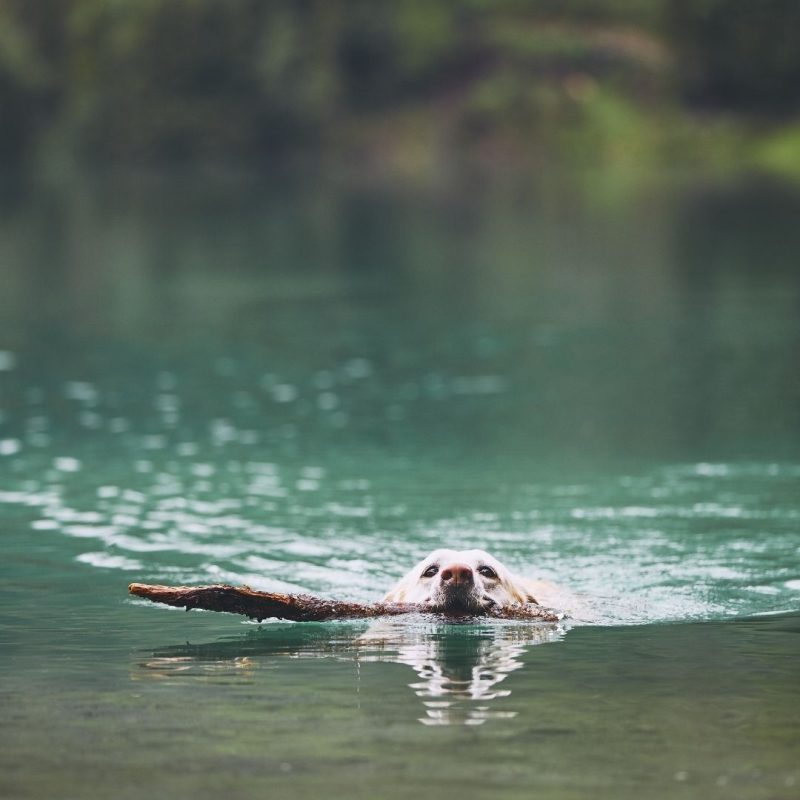
1. Sunburn
You may believe that your pet’s fur will shield them from becoming sunburnt, but this is not always the case. Even furry pets have regions where their fur is thin enough to burn their skin, such as the tip of their snout or their belly. Limiting your pet’s time in the sun is frequently the solution. Specially designed sunscreen for dogs is available if your pet is particularly prone to sunburn; human sunscreen should not be used because it is poisonous to animals.
2. Heat Stroke
Playing outside in the sun on a hot day can be enough to put your pet at risk of heat stroke this summer. Because of their reduced cooling efficiency, some pets, such as shorter-nosed dogs, are more vulnerable to heat stoke. Bring your pet into the shade or a cool room as soon as possible if you notice indications of heat stroke, such as excessive thirst or heavy panting, and cool them down with a fan or wet cloths.
3. Allergies
Our four-legged pals, like us, are prone to seasonal allergies in the summer. Itchy skin in both dogs and cats, as well as an increased chance of ear infections in canines, are common symptoms. These potentially dangerous ear infections can be treated with a prescription ear-cleaning solution used once a month to your dog’s ears. While the remedy does not directly address allergies, it does assist to reduce ear wax build-up, which can exacerbate an infection.
4. Insects
Summer is full of potential threats to your pet posed by other living species, from ticks and fleas to bees and skunks. During these months, flea and tick control is essential to keep your pet safe from the most frequent pests. Snake bites, which can cause skin necrosis, and skunk spray, which can irritate the eyes, are examples of non-insect hazards. Most insect and animal injuries can be treated at home, but any swelling in the face caused by a bee sting or a potentially dangerous snake bite should be treated by a veterinarian right away.
5. Water Bacteria or Parasites
Standing pools of water can harbor bacteria and parasites that can make your pet sick if they drink or walk over them. Giardiasis, for example, is an intestine disease that causes nausea, diarrhea, and dehydration; the parasite that causes it can be found in stagnant water during the summer.
Furthermore, leptospriosis is a bacterial infection that can cause kidney or liver damage or failure in a variety of animals, including dogs and humans. To lessen the risk of these infections, prevent standing water and make sure your pet’s water bowl is always fresh.
How do you keep your pet safe in the summer heat?
Summer pet safety involves knowing what the hazards are for your pet in your area. And so it can certainly be the heat, just exterior heat. You know, obviously don’t leave your pets and cars. Oh, golly. This is such an important thing. It is just brutal. The number of dogs that die from heatstroke at this point is because they are in a locked car. The temperatures go up dramatically, rapidly in a car when it’s hot outside. So when it’s 86 degrees outside, it could be 120 degrees in the car.
Similarly, many of us forget this same thing happens with asphalt. It is black and absorbs heat. So if it’s 86 degrees outside, it can be 135 degrees on the asphalt. Which over, you know, a 20-minute walk is plenty to create blisters and really sore feet for your pet. So be very mindful about this as well. So if you’ve got an outside dog, this is where you have to be super-mindful because often you’re sitting inside with fans on things of that nature.
Make sure you are providing plenty of shade and plenty of cooling water you could look at something like a swamp cooler and there are lots of ways to do this that don’t involve a lot of expensive machinery but it could be something as simple as this. Literally, a fan rigged up in the lid of a five-gallon bucket with a bunch of water underneath there that’s blowing cold air up through your pet. This is called evaporative cooling which helps to bring the temperature down.
This works until you get to around 95% humidity, and then that just kind of makes it worse. So some of the other tips you can look into as far as hot weather safety tips for your pets is to make sure you’re going for walks really early in the morning before it has a chance to heat up. And make sure that you’re using things like cooling necklaces; you can take a bandana, soak it in water, twist it into a sort of a long coil, throw that in the pet heat safety freezer and a plastic bag then put that on your pet’s neck.
There are plenty of cooling vests that are available. There are all sorts of ways to really make sure that your pet is staying cool.
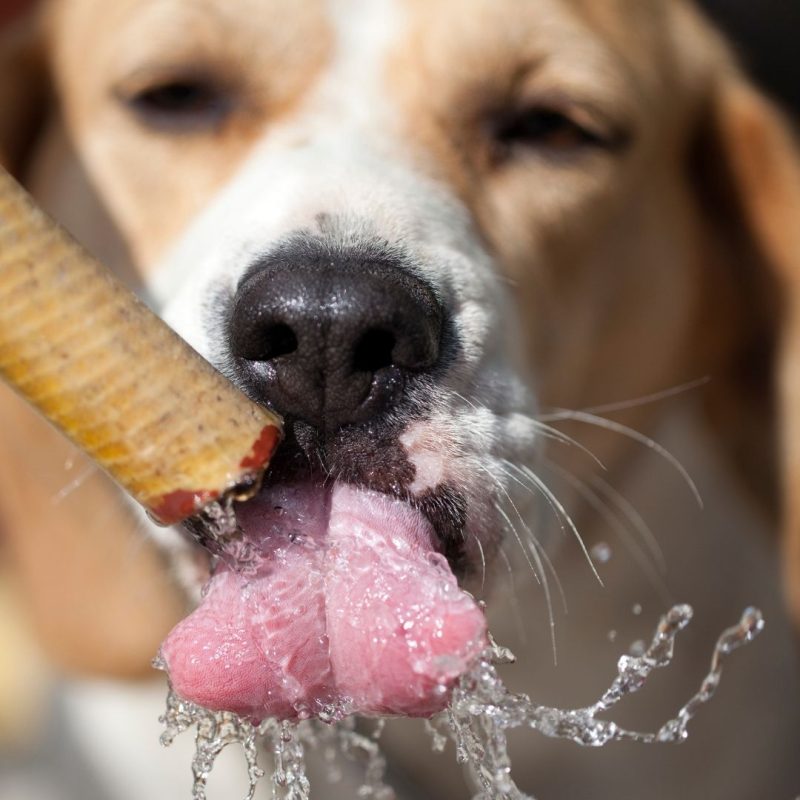
So how does summer heat affect dogs?
Much the way it does to us. And the issue is that you know when you’re uncomfortable, but sometimes you’re not sure when your pet is uncomfortable. So if we look at things, this is a great article I wanted to share with you that is sort of 11 tips to figure out symptoms of heat exhaustion. These are going to be the early signs that your dog is uncomfortable due to the heat:
- Your dog is panting constantly,
- They’re constantly moving, trying to get comfortable, and
- They’re getting in front of fans.
The issue is that heat exhaustion can range from discomfort all the way up to heatstroke, where we see pets actually go into multiorgan failure because their clotting system starts behaving in a really strange way. The other thing that you want to do, if you notice that your dog has heat exhaustion is to start to cool them down as quickly as possible. This can be as simple as just pouring cold water over your dog. We used to use alcohol on the pads of the feet and the ears to help cool them in the clinic.
There are a lot of people that say that that cools them too fast. We’ve used ice packs to cool pets down before, but really, you know, I think you want to not go too abruptly because you can create some issues and sort of over drop the body temperature. But if you’re outside and you’re going to be outside, using ice packs around your pet is not an unreasonable thing. You do want to make sure that the skin is protected so that it does not get freezer burn, literally.
How hot is too hot for dogs?
Honestly, it’s when it’s too hot for us. The majority of our four-legged friends spent all of their lives, indoors on the sofa, hanging out with us in tempered air, literally. And so, you know, if it’s pretty miserable for you to go outside, it’s going to be miserable for your dog too. So use common sense. Remember also, if you have a small dog, they are much closer to the ground. And if you’re walking on concrete, or asphalt, that heat is going to radiate up and make them hotter faster.
Here are the 7 precautions you can do to protect your pet from heat exhaustion.
- Never leave your dog inside a parked car.
- Make sure your dog doesn’t stay outside too long.
- Avoid walking your dog during peak temperature hours.
- Keep your house cool.
- Make sure your dog has enough water.
- Board your dog during your summer vacation, and
- Know your dog’s medical history.
How can I keep my outside dog cool in the summer?
1. Make sure there is always water available
2. Take time to play in the water.
3. Avoid the Midday Heat
4. Make them popsicle sticks or give them cold water specially for thick fur pets.
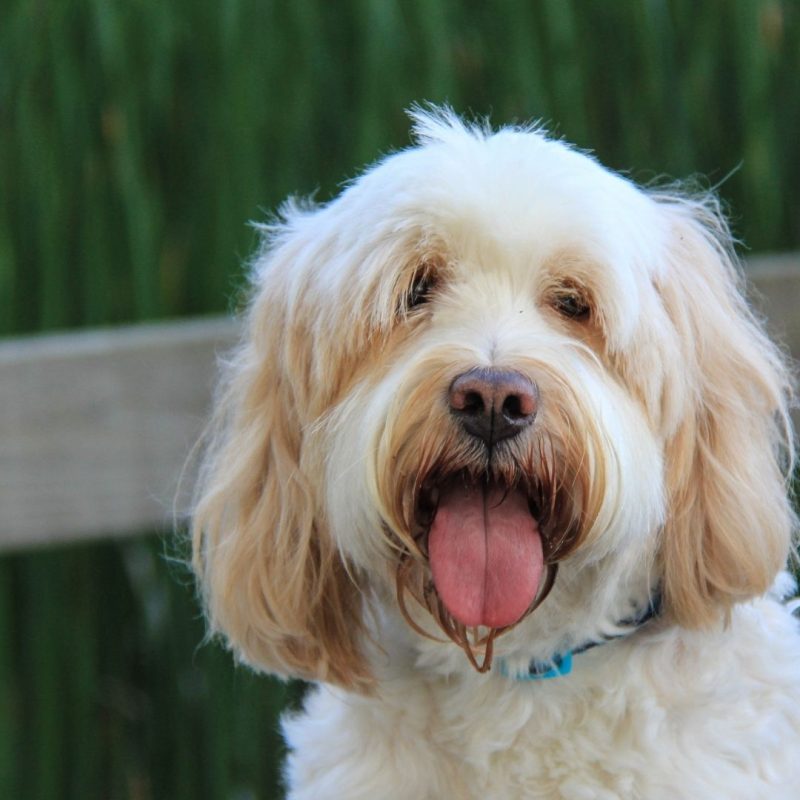
What can you do for a dog with heat exhaustion?
Symptoms of heat exhaustion includes:
- Excessive panting and/or salivating
- Obvious discomfort
- Vomiting and diarrhea
- Disorientation
- Seizures
If you notice any of the above symptoms, get your dog into a cooler environment as soon as possible and call your veterinarian for further instructions.
until you can get hold of your Veterinarian, make sure to:
- Remove the dog from the hot environment immediately.
- Do not give the dog aspirin to lower its temperature and can lead to other problems.
- Let your dog drink as much cool water as they want without forcing them to drink.
- Cool your dog off with cold water by placing a soaked towel on its back.
If your dog’s body temperature goes above one hundred and four degrees, it’s time to get them out of the sun and decrease the level of activity. It may not be dangerous but it’s the threshold. Squirting your dog’s chest and armpits with cool water and rubbing it in is a great way to help them cool down quickly. You can also rinse his mouth with water, which helps his internal cooling system work more efficiently.
I’m Dr. Ruth Roberts, your pet’s ally.

